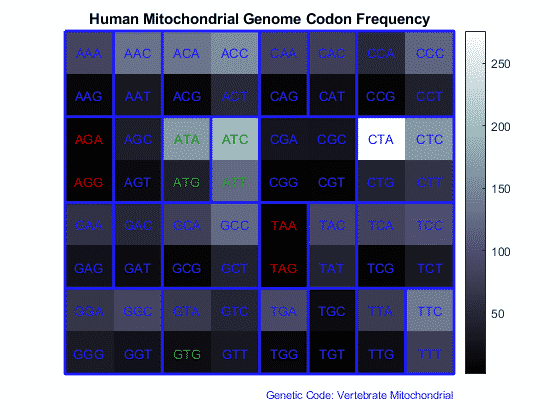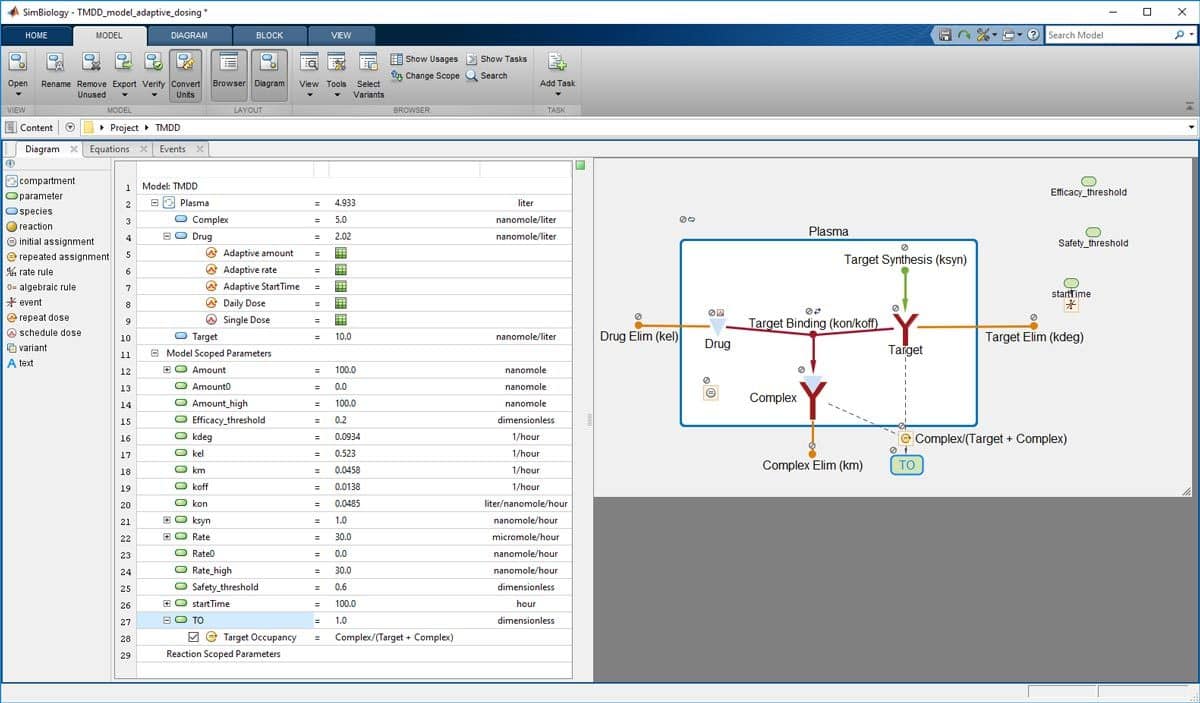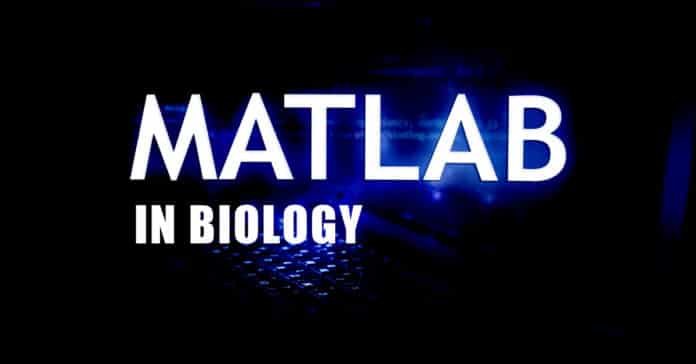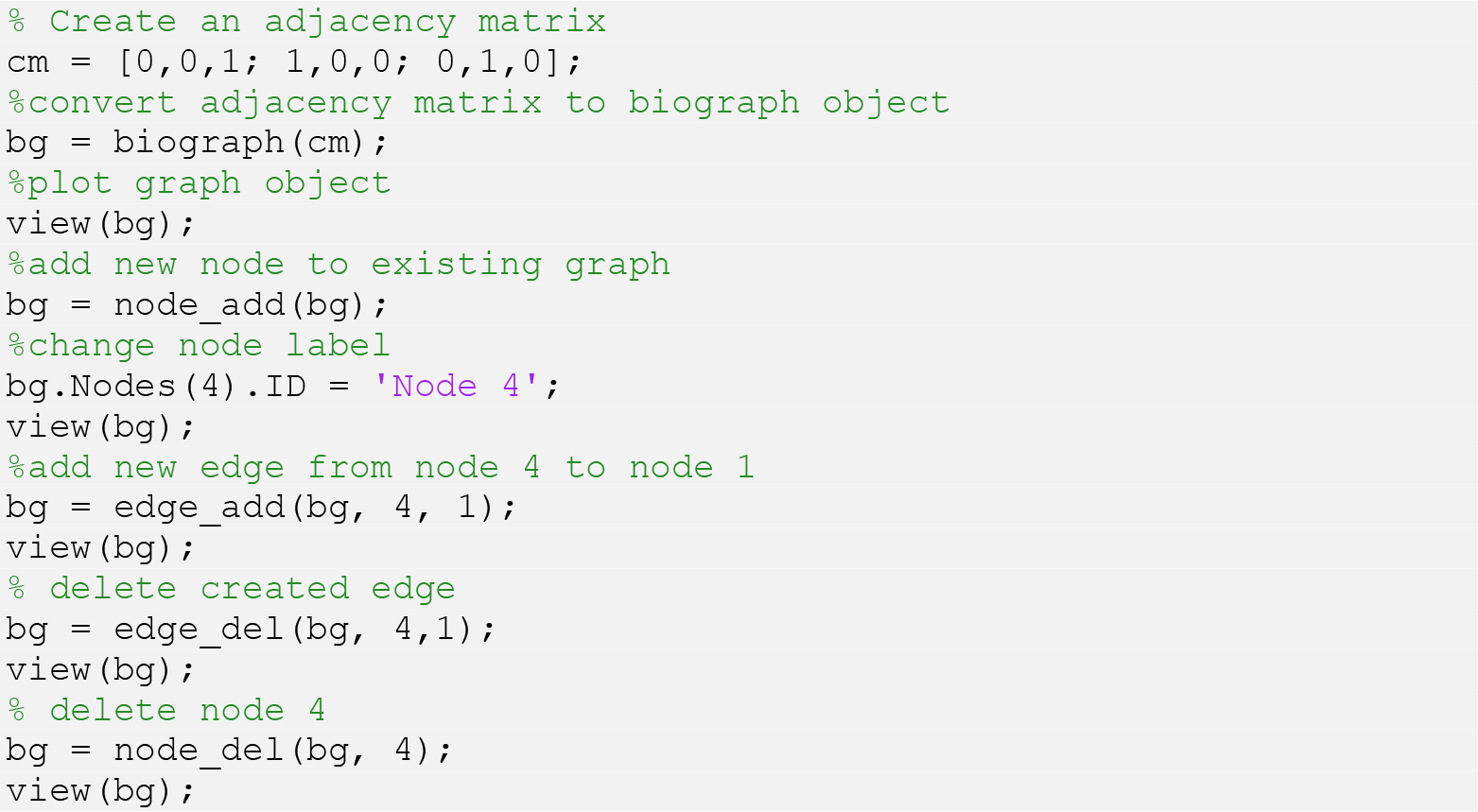MATLAB in Biology – Importance and Applications in Detail
Biological data analysis has significantly transformed biology since the advent of high-throughput omics technologies like next-generation sequencing and DNA microarrays. Although a multitude of data was obtained using these highly advanced means, the sheer magnitude of information became a dearth in the generation of applicable knowledge. This new reality regarding big data in biology has made it clear that conventional statistical methods aren’t adequate to solve this problem. There appears to be not enough flexibility in the traditional C++ and Java programming languages. However, a new programming platform designed to aid scientists and engineers called MATLAB has overcome many of these shortcomings.
Let us learn more about MATLAB and its uses in the biological sciences.
What is MATLAB?
Scientists and engineers worldwide use MATLAB in biology to assess the data, develop algorithms, and create the systems that form our world. The high-level programming language gives researchers the ability to express matrix and array mathematics directly. MathWorks developed this multi-paradigm programming convenience. With not less than 4 million users in 2020 worldwide, MATLAB has been delightfully exploited for its potential to further research in engineering, economics, and other sciences.

MATLAB has several uses that include:
- Image processing and Computer vision
- Predictive maintenance development
- Computational biology
- Deep learning methods in neural networks
- Control systems can be designed, tested, and implemented.
- Design and analysis of power systems
- Robotics applications
- Mechatronics systems can be designed, optimized, and verified.
- Embedded systems can be designed, coded, and verified.
- Mixed and analog-signal systems can be analyzed, designed, and verified.
- Data science uses MATLAB in biology for data exploration, building f machine learning models.
- To carry out tests and measurements.
Programming Biological Data
The primary aim of biological research is to comprehend the functioning of the living cell, the circumstances that cause it to dysfunction, and the solution to such a problem in treatments and therapies. Biological data collection and analysis serve this very purpose using various programming languages such as C, C++, Python, and Java besides the current use of MATLAB in biology. The common types of biodata are:
- DNA/RNA sequences
- Graphs representing protein-protein interaction nets and pathways
- High-dimensional data regarding high-throughput gene expression
- Geometric information about nucleic acids, lipids, and proteins’ 3D structure
- Patterns such as network motifs, transcription factor binding sites, and other biological entities
- Mathematical models and visual representations of biological entities’ static/dynamic nature
- Data mining to preserve biological literature
Biomedical techniques use a variety of low-throughput approaches. However, current research demands the efficiency and potentials of high-throughput methods such as proteomics, microarrays, and NGS (Next Generation Sequencing). This has shifted the primary paradigm of data in biology from datasets with fewer variables and a higher number of observations to datasets with high-dimension, low-sample size data (HDLSS) having more variables than observations.
With this shift, a few shortcomings of conventional programming technique uses in biology came into plain sight:
- The sheer expansion in the dimensionality of the datasets.
- The flexibility of programming languages to cope with the rapid development of new algorithms and their testing.
Therefore, MATLAB was introduced for high-throughput data analysis and observation via sophisticated toolboxes that carry out bioinformatics calculations.
Applications of MATLAB in Biology
The following are the applications of MATLAB in the biological sciences:
- Image analysis tasks are automated. An example is cell counting.
- Health analytics is one of the most important aspects benefitted by MATLAB by creating models for prediction and classification.
- Development of workflows for bioinformatics analysis without necessitating the use of other coding apps.
- Use of statistics extensively for research purposes.
- Tabular data representation via reports and plots.
- The procurement of live data through the use of sensors, cards, and instruments.
- Extend communication to other programming developers with comparable issues.
- Decrease the time required for computational biologists to carry out research.
The following fields are the ones benefitting from the use of the programming platform MATLAB in biology:
- Pharmacological modeling
- Biotech and Pharma
- Medical devices
- Neuroscience
- Computational biology
Some of the uses of MATLAB in Biology are explained in detail below:
Gene expression data analysis
There exist several algorithms additionally applied in MATLAB that is focused on the evaluation of gene expression globally. Gene expression analyses of RNA sequences and microarrays regard MATLAB tools as appropriate points to start at. Gene expression influences several factors such as the structure, function, and regulation of proteins. A biological pathway’s topology highly influences the pathway’s course and effects, including the interactions between gene products. MATLAB unearths the working and pathology of a disease that occurs via gene expression and biological pathways for analyzing the respective datasets.
Sequence analysis
The comprehension of DNA/RNA sequences solves many troublesome issues regarding medical dysfunctioning, taxonomy, uncovering the cause for unusual biological manifestations such as rare genetic diseases and disorders. MATLAB is used to perform sequence analysis by designing base-calling algorithms (inferring nucleotides’ order in a genome sequence), aligning sequences, and designing algorithms for sequence-building.

Microarray analysis
DNA microarray is a high-throughput sequencing method that is now used in most advanced biological laboratories. MATLAB used in biology allows for adequate microarray analysis using processing images, quality control and analysis, and normalization and biological data analysis.
Proteomics
The study of proteins at a large scale is referred to as proteomics. Proteome refers to an organism’s entire set of proteins that have been synthesized or modified by that organism. An increasing number of proteins have been identified by performing proteomics. MATLAB in proteomics aids in signal processing mass spectroscopy, identifying sequences in a peptide, identifying and classifying protein markers, and performing analysis of 2-D gel images.
Systems biology
Systems biology is studying organisms on a large scale by mathematical and computational analysis to assist biomedical research. It majorly concentrates on complex interactions between biological entities. MATLAB used in biology is most useful in systems biology, where it is used to simulate metabolic pathways, identify interaction networks, and flux analysis.
Biological pathway visualization
Biological pathways can be identified, visualized, and virtually edited by the application of MATLAB. Some of the MATLAB bioinformatics applications used for this purpose are the KEGG REST interface and KEGGParser, where KEGG refers to the Kyoto Encyclopedia of Genes Genomes which is a database for pathways. MATLAB can also add, modify, or retrieve data using KEGGParser, as shown below.

(Image credits: intechopen)
Pathway Signal Flow
Utilizing data from relative gene expression and pathway topology, the modifications in a given pathway’s activity can be deciphered. This uses a PSF (Pathway Signal Flow) algorithm in MATLAB. To provide a wider base and outlook, PSF also considers the interactions between DNA and RNA products and other biological cell components. This algorithm is used to calculate the propagation of the activating signal from pathway input nodes to the output nodes via the interacting node pairs that constitute the intermediate parts. PSF basically refers to the amount of signal that reaches the output nodes where MATLAB in biology is used.
Development of Models
PBPK (Physiologically Based Pharmacokinetic) models are built b researchers using MATLAB and Simulink to predict a new drug’s potential efficacy and identify the most appropriate dosage required for administration before the clinical trials are conducted. A range of known parameters is considered for models, including blood flow rate and tissue volume, along with unknown sets of partition coefficients and rate of absorption. Explanation of research findings is made easier by using MATLAB to organize the organs physiologically and through data representation by graphical block diagrams.

The MATLAB tools used in biology include:
- GIBBON – Analytical tool for biophysical research
- CERR – Used for treatment planning and processing of images in medical physics
- Lobster – Microscopy images of large dimension are analyzed using this framework
- COBRA – Allows for constraint-based analysis of biochemical data
- NIRFAST – This tool is used for the propagation of light in tissues
- Microscopy Image Browser – Electron microscopy uses this tool for visualizing samples and analyzing them.
- SPM – It consists of several tools to carry out brain analysis
- Pulmonary images – Used to process and analyze images of the lungs.
MATLAB is certainly among the cutting-edge technology that is currently taking the biological research world by storm. Learning such an advanced tool as MATLAB in biology as an approach to biological data analysis could help one acquire the most lucrative career options in both research and the industry.
As a dynamic and well-updated biologist, you would certainly wish to be introduced to MATLAB and its various aspects that are used for highly productive research. You can now learn at your own time and pace, along with the most convenient practical demo sessions with:
MATLAB Training Course With Demo Sessions For Beginners

The MATLAB Training Course With Demo Sessions For Beginners was launched in 2020 to cope with the rising dependence of scientific research on computational and virtual tools such as MATLAB in biology. The course will help you understand this exciting new programming language thoroughly from the comfort of your home while assuring you with verified certification validating your knowledge in the area.




